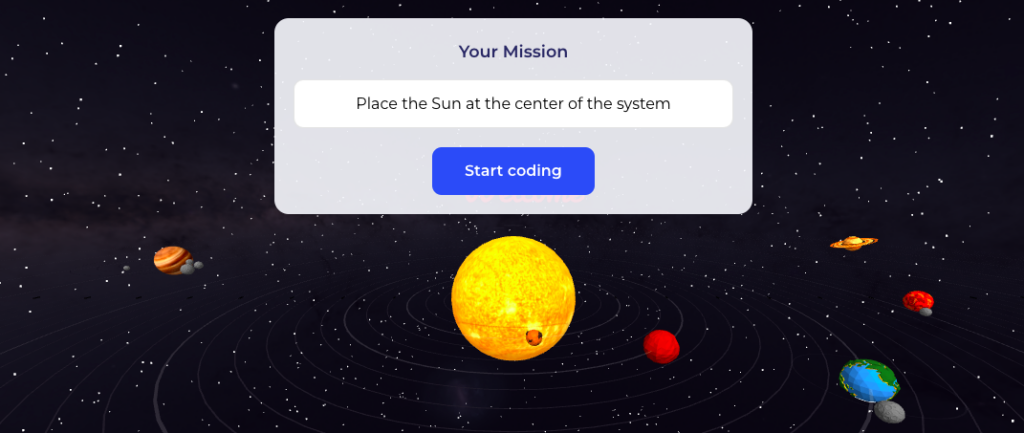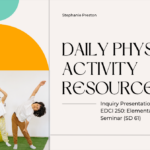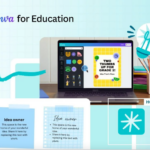This week we had the option of either reflecting on a presentation on gamification by Tina O’Keefe or on the article The Five R’s for Indigenizing Online Learning: A Case Study of the First Nations Schools’ Principals Course. Instead of focusing on just one area, I thought it would be best to reflect on both as I found both focused on practices that I would like to bring into my pedagogy. Because of this I have written brief summaries of points that really spoke out to me instead of a full summary. I hope you enjoy.
Now there is a lot of information and it would take quite a lengthy post to do it any real justice. Unfortunately, I am unable to provide that kind of post this week so I have done a short summary here, The Five R’s for Indigenizing Online Learning was an engaging and informational study that focused “on the creation, implementation, experiences, and research surrounding the first online professional development course for principals of First Nations schools across Canada.” The research done in this study collected information from First Nation Schools’ Principals Course (FNSPC) participants, instructors, and others involved in the course to improve the course in the future. By doing this, it contributes to resources about Indigenous education, First Nations schools, and Indigenizing online education.
Indigenizing online education was an area that needed to be addressed as the content and delivery of such courses is complex and “conflictual due to the opposing fundamentals of Indigenous education versus online education”. Indigenous pedagogy emphasizes that teaching and learning is immersed in community, place, and context and that the teacher tailors the lessons to the students’ learning which conflicts with the practice of online learning where the teacher and student may never meet. There is a lot of importance placed on the relationship between teacher and student and in an online environment, that relationship may not flourish. The opposing values of Indigenous pedagogy versus online education meant that “the FNSPC had to be carefully designed and implemented, which is where the Five R’s became essential tools”.
The Five R’s stand for respect, relevance, reciprocity, responsibility, and relationships. These principles “recast the challenges of Indigenizing online education into opportunities for spaces of traditional and non-traditional Indigenous learning”. Respect refers to the need to recognize and respect First Nations cultural norms and values. This can translate to an online space in the way of respecting participants’ opinions, circumstances, and perspectives. Reciprocity takes a hand in framing course design and relationships between instructor and student. The student should not just receive information from the instructor passively, their voices should be actively listened to, and their needs and goals should be accommodated. Learning should be relevant to First Nations culture and ways of knowing, which means going beyond books and based typically in community and oral communication. In Indigenous education, “both the teacher and learner have a responsibility to recognize and uphold First Nations values, practices, and ways of knowing”. The flexibility of online courses allowed participants to maintain and develop their responsibilities as principals, family members, and community members. The fifth R, relationships, refers to the relationships between teacher and learner, and between community, culture, and school that underlie all aspects of Indigenous education. In online settings, communication tends to be planned and can be seen as formal or as something associated with assignments. This lack of direct interaction can act as a barrier for student-student and student-teacher relationships. However, it was found that friendships and support networks developed and, instead of being limited by online mediums, ongoing communication between the participants in remote areas was enabled. Additionally, communication outside of the course platforms (i.e. via email, text, ect.) were used to offer support and that relationships with one another were fostered from there.
Tina O’Keefe & Gamification
Tina held a phenomenal presentation about not just gamification but how she incorporates a kind of student led inquiry technology class by utilizing Google Classroom. The students in her high school class get to pick from a variety of topics including coding using different programs, graphic design, marketing, robotics, and digital photography just to name a few. By doing this, it gives the students the freedom and availability to follow their passions, interests, or to try something new. By changing her class to this new format, her role changed and she became more of a facilitator to the students’ learning instead of a traditional teacher (no more lectures with her at the front of the classroom). I really like the idea of being a facilitator of learning for students. It can empower them to create their own paths by supporting them learning how to learn.
Tina covered a few sources of coding and gamification that she has found useful in her high school classes as well as some that could be applied to elementary school classes. There are typing focused lessons with gamified assessments on Nitrotype and Freetouch Typing. She additionally gave a few sites for learning how to code such as Microbits, Unplugged Coding (activities that you don’t need a device for), Game Changineer, and Hour of Code.
Hour of Code: Build a 3D/AR Solar System

This educational coding game, Build a 3D/AR Solar System is a fun and interactive game designed for grade 2+ and general beginners to coding. It is a great review of the solar system and our place in it. In this self-led tutorial students design a 3D model of our solar system and they can watch as the planets that they created in code circle around the sun. As a beginner to coding and a space-nerd, I had a lot of fun with this one!
Feature Image by Chris Montgomery on Unsplash




Joanna Lake
November 20, 2022 — 1:03 pm
I am so glad you reviewed the article, Stephanie. Thank you for another reflective and dynamic post.